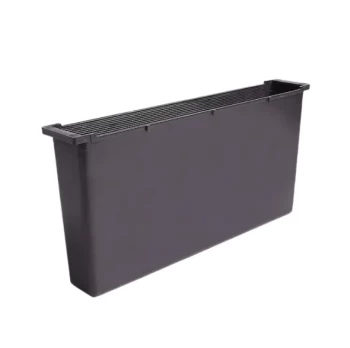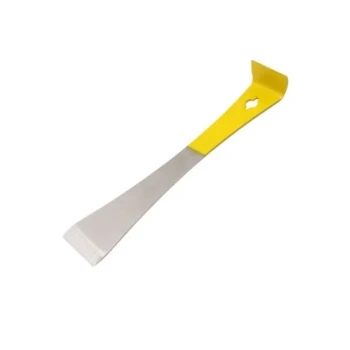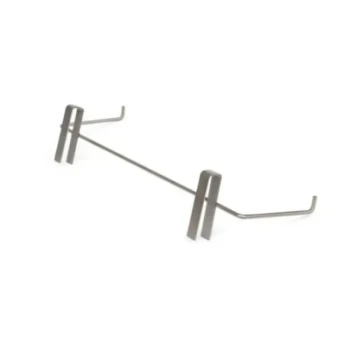The ideal placement for a bee feeder depends entirely on what you are feeding them and the specific type of feeder you are using. For sugar syrup, the feeder should almost always be placed inside or directly attached to the hive to prevent robbing by other bees. For pollen supplements, however, the feeder is often placed a short distance away from the hive to encourage natural foraging behavior.
The core principle of feeder placement is not about convenience, but about colony safety. Your goal is to provide resources to your bees only, without attracting pests or inciting raids from neighboring hives that could overwhelm and destroy your colony.
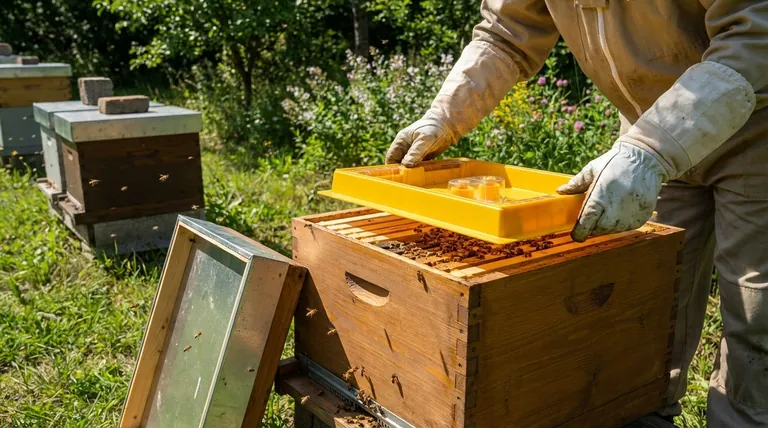
The First Question: Syrup or Pollen?
The most critical factor in deciding where to put a feeder is the type of food it contains. Sugar syrup and pollen serve different purposes and present entirely different risks.
Why Syrup Feeders Belong In or On the Hive
Sugar syrup is a powerful attractant. If placed in the open, it can easily be discovered by bees from other colonies, wasps, and other insects.
This can trigger a phenomenon known as "robbing," where a stronger colony attacks a weaker one to steal its resources. Placing the syrup feeder inside the hive, or directly attached to it, ensures only your bees can access it, and the hive's guard bees can defend the entrance.
Why Pollen Feeders Are Often Placed Separately
Pollen or pollen substitute is less likely to incite the same frantic robbing behavior as syrup. Many beekeepers place pollen feeders outside and some distance away from the hive.
This placement helps mimic natural foraging conditions. It also reduces congestion and activity right at the hive entrance, which can be beneficial for hive health and inspections. The feeder must be protected from wind and rain, as moisture will ruin the pollen.
Common Syrup Feeder Types and Their Placement
Choosing a syrup feeder dictates its location. Each type comes with specific advantages and drawbacks related to its placement.
Hive Top Feeders
These feeders sit directly on top of the uppermost hive box, beneath the outer cover. They align with a hole in the inner cover, allowing bees to come up from the hive to feed.
They are excellent for minimizing robbing because the syrup is well-contained within the hive structure. Their large capacity also means you don't have to refill them as often.
Entrance Feeders (Boardman Feeders)
An entrance feeder sits at the entrance of the hive, typically holding an inverted jar of syrup.
While very easy to monitor and refill, they are the most likely to cause robbing. The syrup's proximity to the outside makes it easily detectable by bees from other hives. They are generally only recommended for strong, established colonies that can defend themselves.
Internal Frame Feeders
This type of feeder is shaped like a frame and hangs inside a hive box, replacing one of the standard frames.
This is one of the safest methods, as the syrup is deep inside the hive and completely protected from outsiders. The main drawback is that you must open the hive to check and refill it, which disturbs the colony.
Understanding the Key Trade-offs
Proper feeder placement is about managing risk. Your choice involves balancing convenience against the health and security of your colony.
The Danger of Robbing
Exposed syrup can lead to a "feeding frenzy" where foragers from nearby hives descend on the food source. Once it's gone, they will try to enter the hive it was near, potentially killing the queen and decimating the weaker colony. This is the single biggest risk of improper syrup feeder placement.
Preventing Bee Drowning
A poorly designed feeder can become a deadly trap. Bees can easily fall into open reservoirs of syrup and drown.
Always choose feeders with built-in ladders, textured surfaces, or floats that allow bees to access the syrup safely without falling in. This is a crucial consideration for internal and hive-top feeders.
Protection from Pests
Besides other bees, exposed syrup will attract ants, wasps, and yellow jackets. Keeping the feeder inside the hive allows your colony's guard bees to manage these pests as they normally would at the entrance.
Making the Right Choice for Your Goal
Select and place your feeder based on the specific needs and strength of your colony.
- If your primary focus is safety for a new or weak hive: Use an internal frame feeder or a hive top feeder to completely protect the syrup from outsiders.
- If your primary focus is convenience and easy monitoring: An entrance feeder can work, but only use it with a very strong hive that can easily defend itself from robbers.
- If your primary focus is supplementing protein: Use an external pollen feeder placed a short distance from the hive in a location that is sheltered from rain.
Ultimately, strategically placing your feeder is a fundamental part of responsible beekeeping that directly supports the health and security of your hive.
Summary Table:
| Feeder Type | Ideal Placement | Key Benefit | Main Risk |
|---|---|---|---|
| Hive Top Feeder | Inside hive, under outer cover | Maximizes safety, large capacity | Requires opening hive to refill |
| Entrance Feeder | Directly at hive entrance | Easy to monitor and refill | High risk of robbing |
| Internal Frame Feeder | Inside hive, replaces a frame | Excellent safety, protected from pests | Disturbs colony during refill |
| External Pollen Feeder | Short distance from hive | Encourages natural foraging | Must be protected from weather |
Ensure Your Apiary's Success with the Right Equipment
Proper feeder placement is just one part of successful hive management. Equip your operation with durable, well-designed supplies that protect your investment.
HONESTBEE partners with commercial apiaries and beekeeping equipment distributors to provide high-quality, wholesale-focused supplies that enhance hive health and operational efficiency. From secure hive-top feeders to robust protective gear, our products are built to meet the demands of professional beekeeping.
Let's strengthen your operation together. Contact our team today to discuss your specific needs and explore our wholesale catalog.
Visual Guide
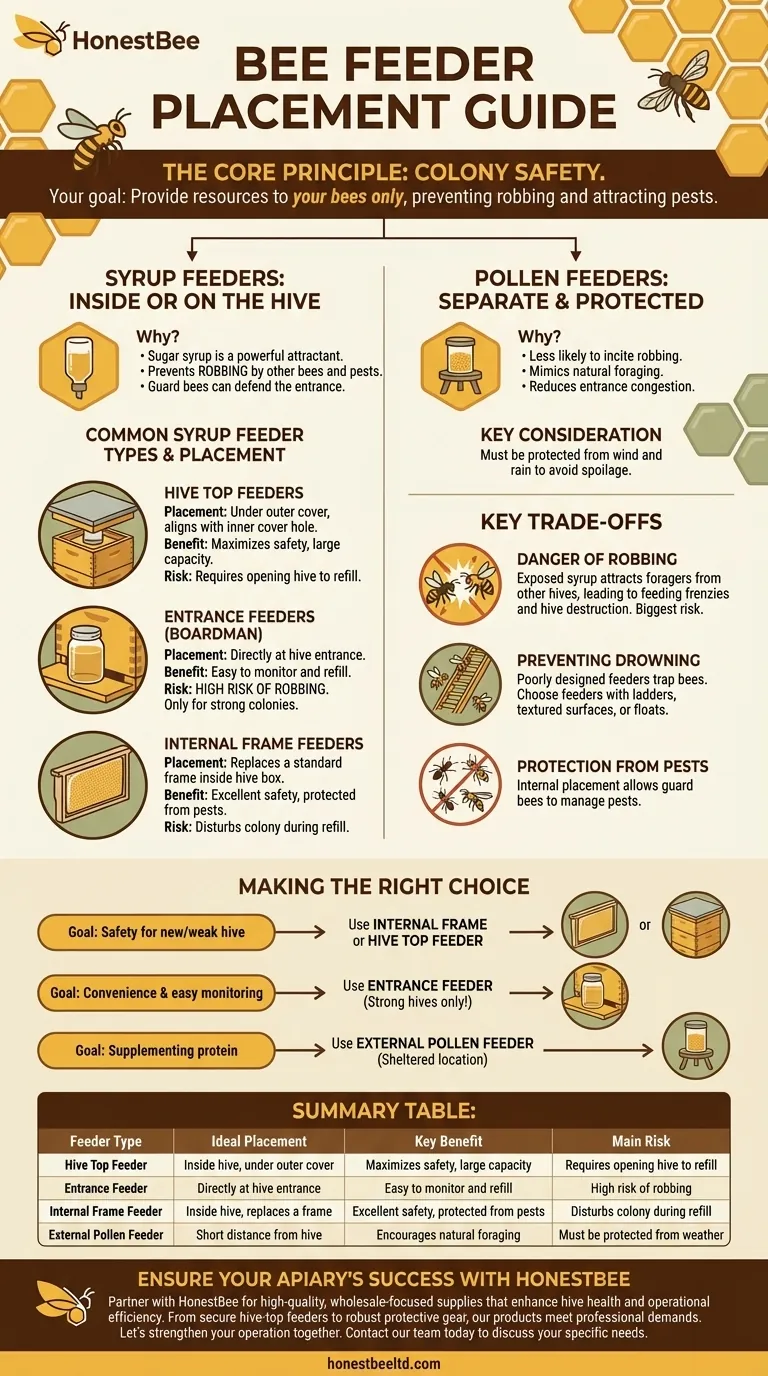
Related Products
- Professional Hive Top Bee Feeder for Beekeeping
- Professional Hive Front Entrance Bee Feeder
- HONESTBEE Entrance Bee Feeder Professional Hive Nutrition Solution for Beekeeping
- Boardman Entrance Bee Feeder Durable Galvanized Steel and Wood Construction for Beekeeping
- Professional In-Hive Frame Bee Feeder by HONESTBEE
People Also Ask
- Do I need an inner cover with a hive top feeder? Optimize Your Hive Setup for Healthy Bees
- What is the best bee feeder for a hive? Choose the Right Feeder for Your Apiary's Scale
- What are the advantages of using top feeders for bees? Maximize Feeding Efficiency & Colony Safety
- What are the advantages of hive top feeders? Maximize Feeding Efficiency for Your Apiary
- Why is a top feeder essential for bees? Ensure Colony Health and Efficiency








